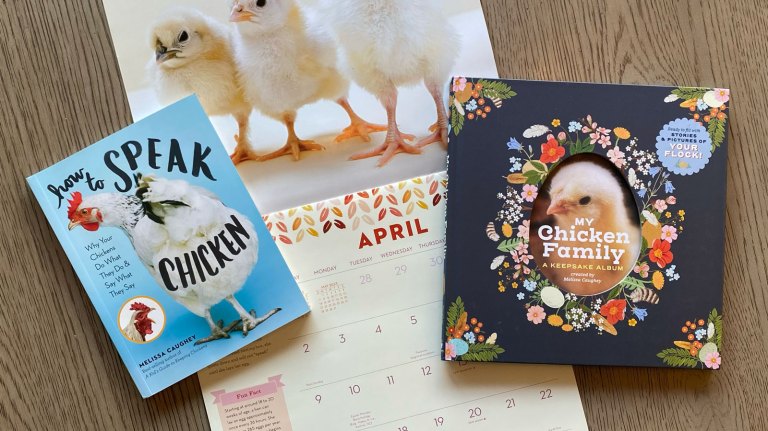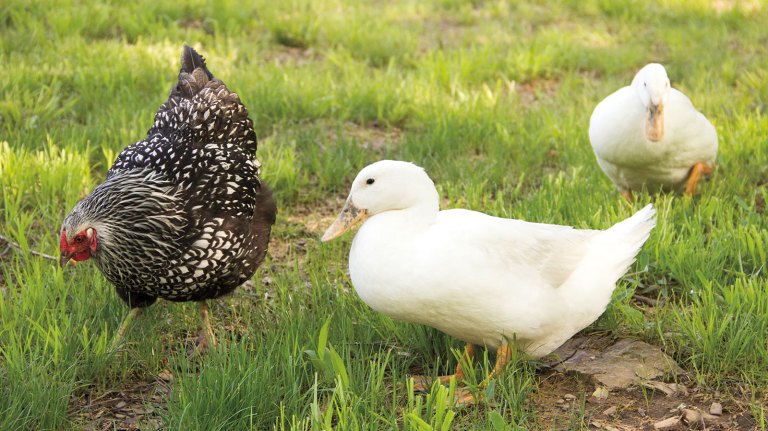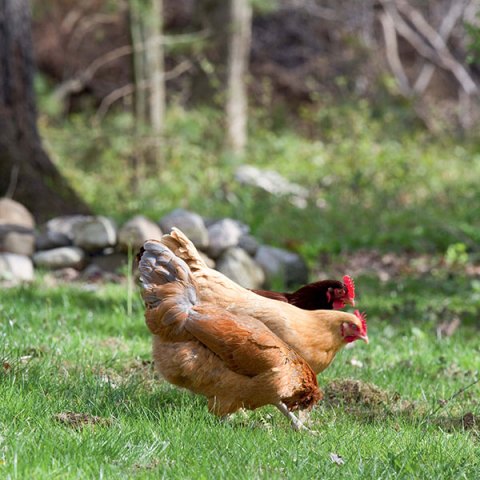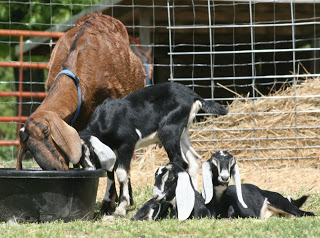Defeat the Heat: Keep Your Rabbits Cool
Summer’s high temperatures can be crueler than winter’s chill. Here are some tips for keeping your rabbits happy and healthy in the heat of summer.

If you raise rabbits, you need to know what temperatures can hurt them and all the ways that you can keep them cool. Yes, keeping them cool in the heat is a lot more important than worrying about warmth in winter.
In the far northern reaches of the United States, winter temperatures often fall below 0°F. Rabbits grow their fur coats thicker. They eat more, because calories are units of heat. There are easy ways to keep them thriving in the cold. But when the mercury exceeds 90°F, rabbit raisers need to make every effort to lower that temperature.
Why? Put simply, those temperatures can be deadly for rabbits. Even if it doesn’t kill them, serious heat can put the brakes on your breeding program.
For one, rabbits have no sweat glands. They can exhaust excess heat only through their long ears and by panting. A common problem resulting from temperatures reaching a mere 80°F is the temporary sterilization of bucks. This complication means that does mated in late summer and early autumn do not conceive and may then gain internal fat that blocks the fallopian tubes. In late fall when bucks recover, there is still no conception. Many rabbit raisers in cold climates then decide to wait until spring to try again. At the very least, a lot of time is lost.
So, what to do? First, provide excellent ventilation. The wire hutch does that better than anything and the wire nest boxes are ideal. They perform better than the wire cooling baskets and wooden hutches of yesteryear. Metal nest boxes with tops get hot and damp. If you have two or more tiers of hutches, placing bucks on the lowest levels will help to keep them from becoming sterile. Pregnant does will appreciate an ice-filled gallon plastic milk bottle in the hutch.
A large overhanging roof made of light-colored material will deflect sun away from the hutch’s occupants. Squash and pumpkin plants not only thrive on rabbit manure, they can provide shade when there are no large trees nearby. Just plant them next to your hutches and train the vines over the top.
A lawn sprinkler aimed at the roof can also help lower temperature. A fogging nozzle on a hose can help even more, and if electricity is at hand, you can place it in front of a fan to create a curtain of mist. The nozzles are available at farm stores, which also have misting fans in various sizes.
If your rabbits are in an insulated building and you utilize a fan, remember to bring incoming air from above the rabbits, exhausting it below them. You don’t want to pull ammonia fumes up into the hutches.
Because high spring and summer temperatures can arrive with little warning, it’s always good to plan for them by taking some of these steps to defeat the heat.









